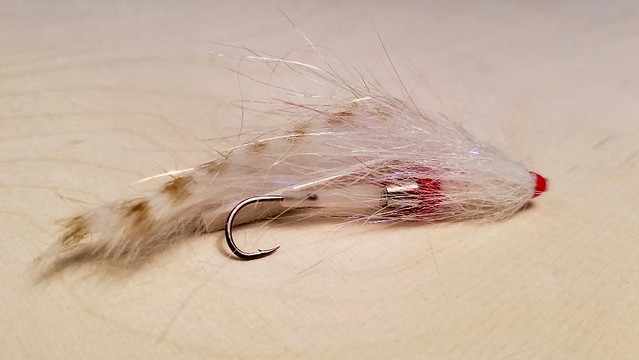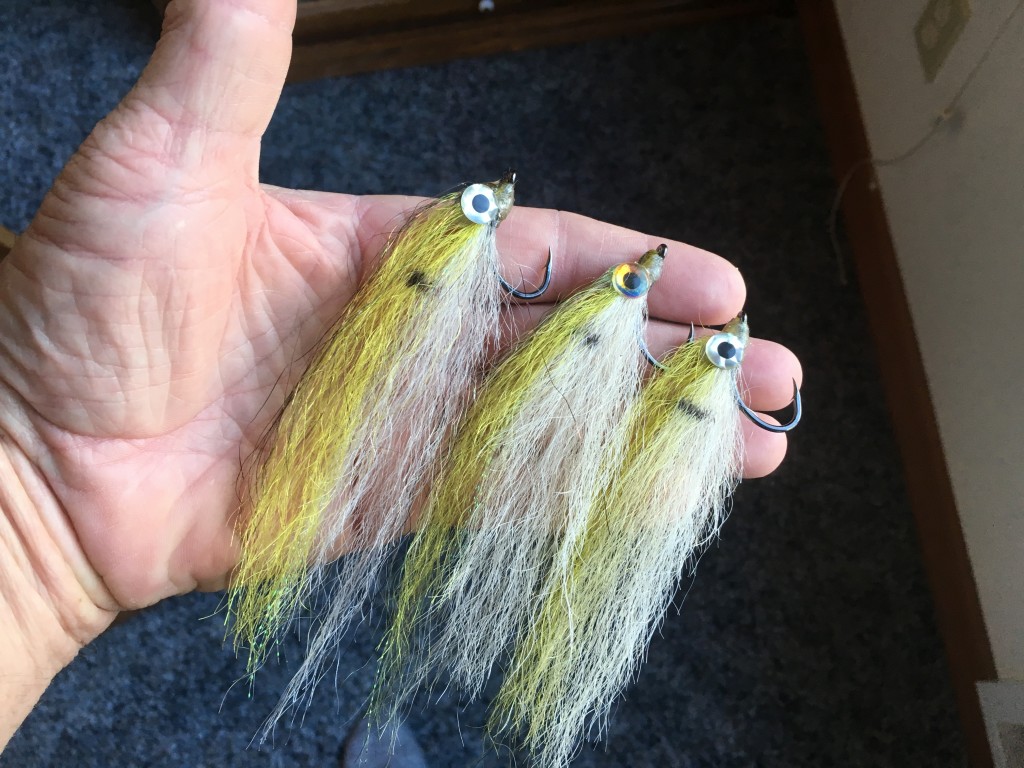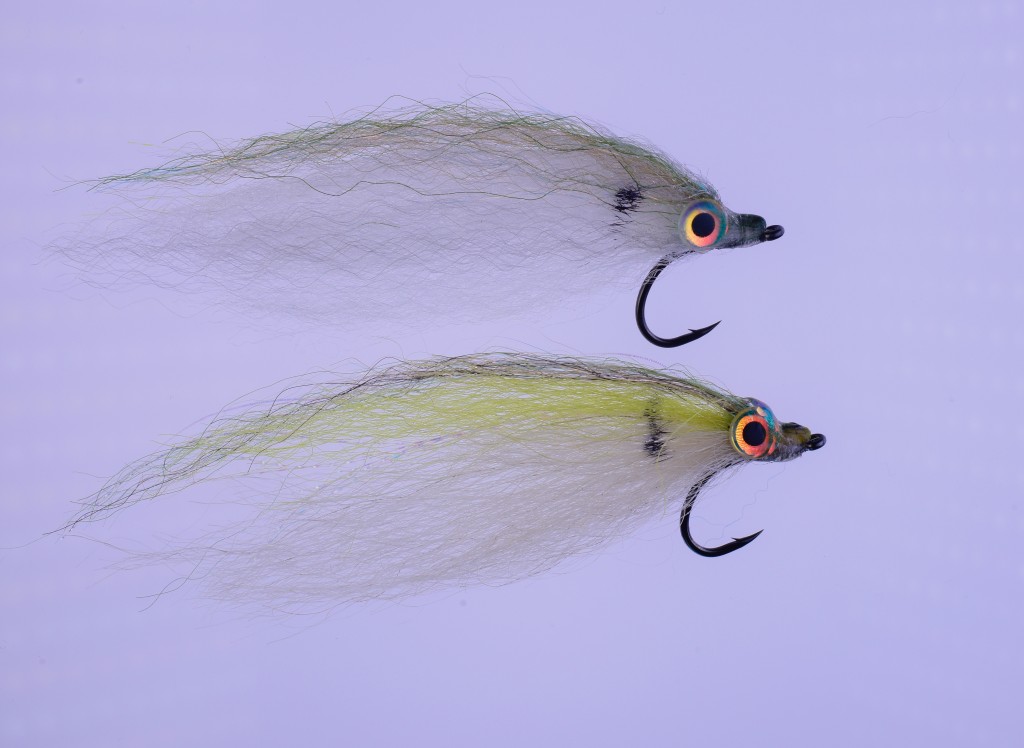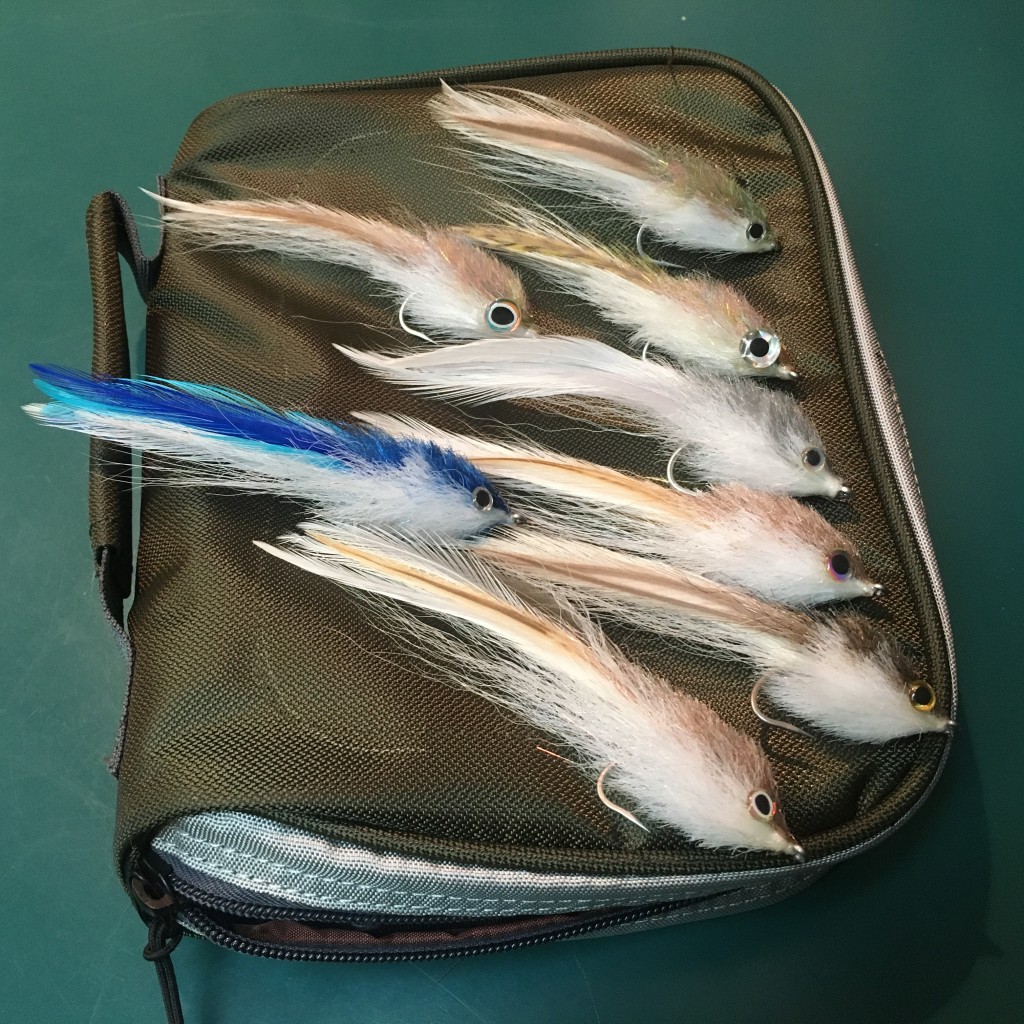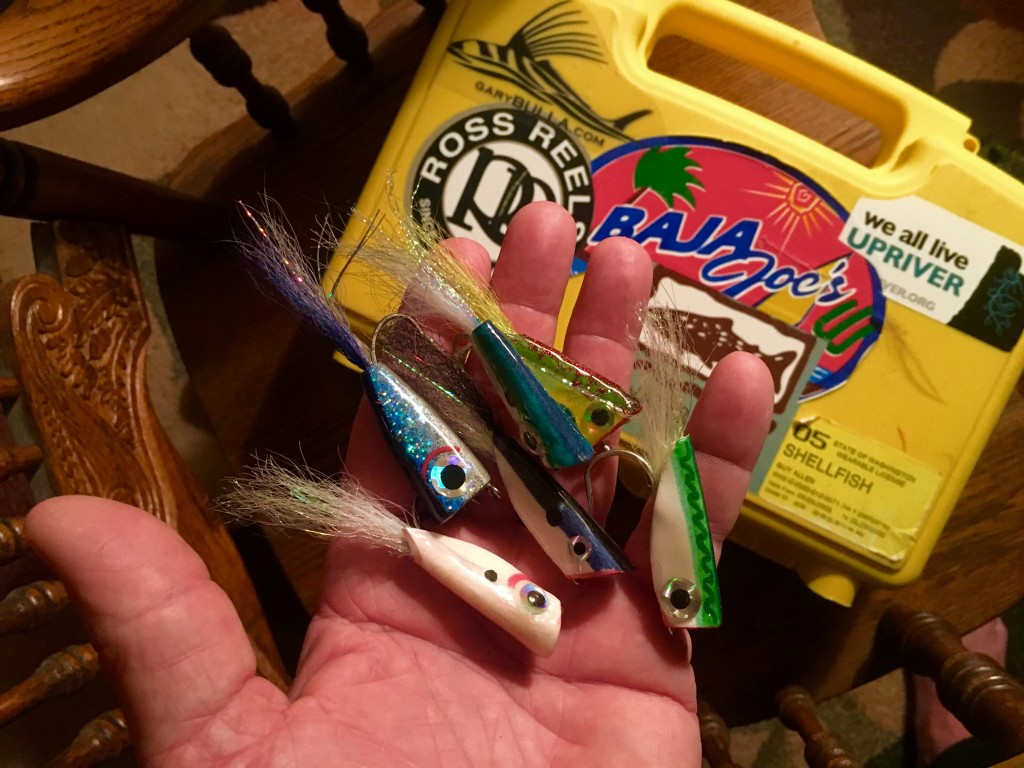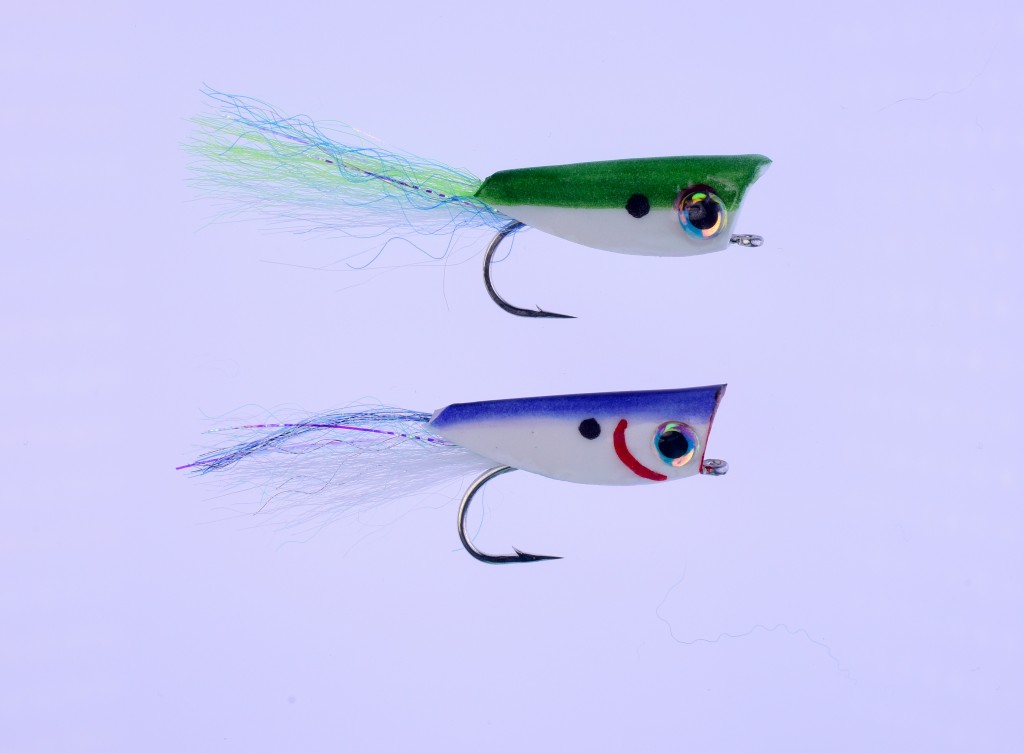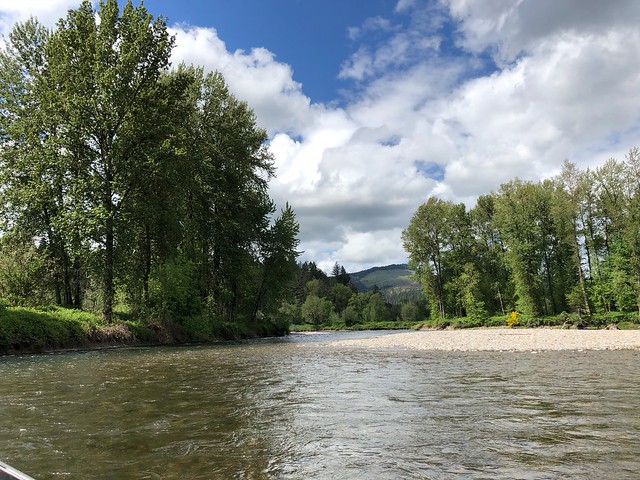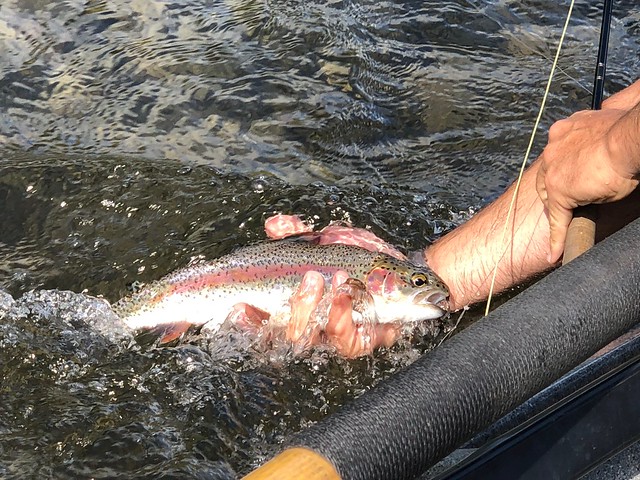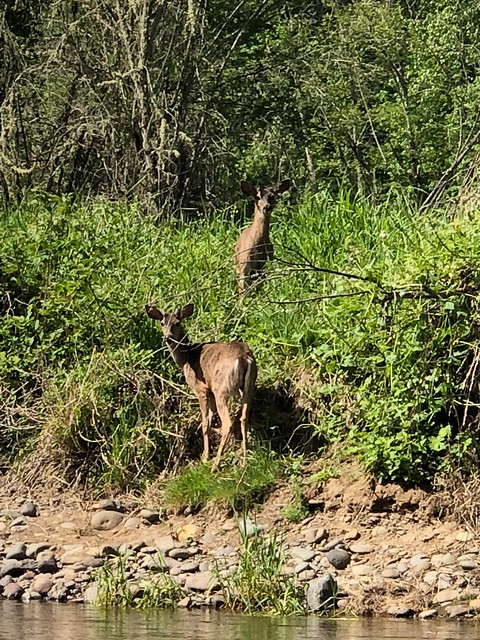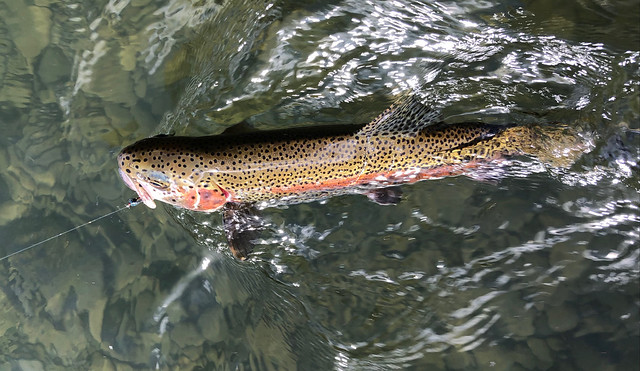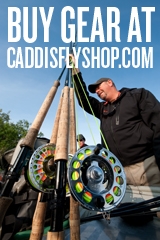
Hey Jay, hope all is well. I was wondering about your thoughts on hook positioning in flies. In particular tube style flies. Have you experimented with hooks in the down position and further up towards the head of the fly?
I have suspicions about fish eating the head of the fly.
The trend towards trailing hooks seems to work ok in the sweet part of the swing where line belly helps to pull the hook into the fish but suffers on the hang down and in slacker water.
Interested in your thoughts on this—and hope you find these photos of NZ Chinook interesting. Thanks in advance.
____________________________________
My answer.
Tubes with hook near the head.
Where Tube flies are concerned, I have to date learned only one way to place the hook near the head of the hook is to tie the fly with a philosophy I believe we see in Atlantic Salmon flies tied for use in Northern Europe. The flies I’m thinking of here are often tied on very short metal tubes with a hook seated at the rear of the tube—these flies are then finished with very long sometimes multi-layered hair wings that ride high over the body and flow well past the bend of the hook
I find the overall appearance of the style is attractive and no doubt effective since it has passed the test of time and has been well established and fished over a large geographic region for decades.
Tubes with hook trailing the rear of the fly.
My preference for hook placement in Tube flies is to rig an up-eye short shank octopus style hook on a loop; then I pull the lop knot into the tube just far enough to allow the hook to ride at the very rear end of the materials. If given the opportunity, I will always choose to let the hook point ride up.

Why rig hooks with point upward?
I have fished flies like comets, bosses, shrimps, and various deceiver style streamers—all with the hook point down. Contrary to what one might think, I have found the majority (Instinct says 60%) of the kings I bring to hand were hooked in the upper jaw, specifically about a quarter to a third of the distance from the snout to the corner of the jaw. This proves that the hook—in spite of swimming in the down position—somehow rotated before lodging in the upper jay.
Fishing the swing.
Hook inclination (up or down) may not make as much difference when fishing flies on the classic swing. Here’s my thoughts on this subject. A traditional presentation where a fly swings steadily across a current may be more likely to result in a steelhead intercepting the fly and holding it, thereby allowing the line’s tension to pull the hook into the corner of the jaw regardless of whether the fish holds steady in the current with fly in mouth or turns away from the angler with fly held in mouth. Either take form seems likely to result in a hook seated in the corner of the jaw.
Hookups with Clousers.
A decade ago I was fishing Comets and Boss flies far more often than Clousers. Not these days. There is something about the Clouser’s hook-up style that I believe yields a higher percentage of hookups than the hook-down perspective of traditional flies.
Fishing the hang/strip in slack water.
This scenario is common while fishing tidal flows in the estuary. With high confidence, I’ll state that this is the most difficult position from which to hook Chinook, and results in the highest percentage of salmon either not hooked at all or lost after being hooked for some period of time.
I will say again that the fish I hook and bring to hand on the hang down, even with Comets and Boss flies, are hooked in the roof of the mouth or upper jaw more often than otherwise.
Do salmon and steelhead eat the head end of the fly?
Probably they do, yes, unless they inhale the whole thing or unless they take a tentative nip at the rear of the fly. Bottom line is that they will do all of these things depending on their mood from moment to moment.
The Clousers I troll for Albacore with Clousers are in the six to eight-inch size class. I will usually rig a trailer hook on wire with these flies. More than half the time the head or the entire fly will be inside the Albacore’s mouth. At least a third of the time I will only hook tuna of the trailer hook, suggesting that on these days the fish are nipping the rear instead of engulfing the head of the fly.
Best wishes
Jay Nicholas Spring/Summer 2018













